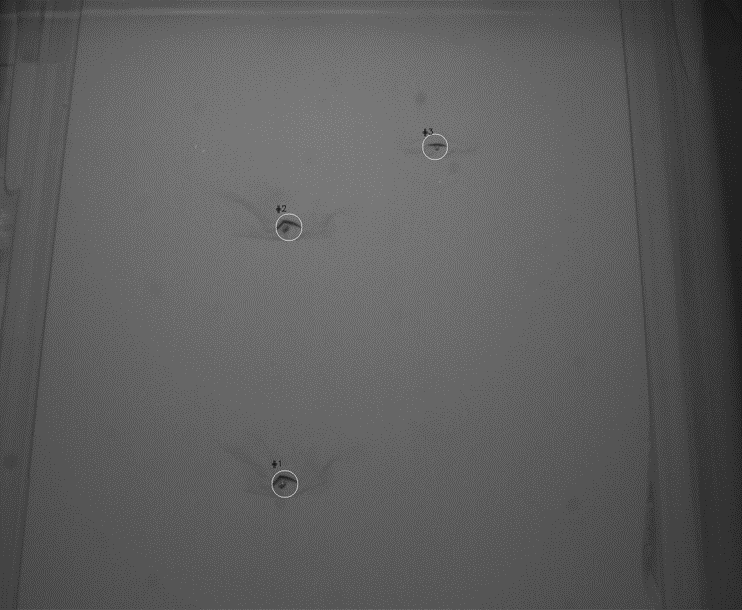In this project I developed a software that was able to analyze images taken during the additive manufactoring of titanium parts. For every manufactured part there are several thousands of images taken. This images had to be reviewed manually. By utilizing classical computer vision algorithms as well as deep learning I developed the software, so that the whole work group was able to analyze the data automatically. the first experiment was carried out using classic image processing methods. In the selective laser melting process, metal powder is applied layer by layer in the micrometer range in a powder bed and melted using a laser. After the powder layer has been applied, known as recoating, only a wafer-thin homogeneous powder layer should be visible if the process is running properly. If there are problems with recoating or melting, this can be seen after recoating. Edge detection has been implemented to detect these errors. The second attempt was a classic deep learning algorithm, which was trained to distinguish between faulty and non-faulty images. To enable my software to be used by employees in the department, I created a user interface that makes the software easy to use
